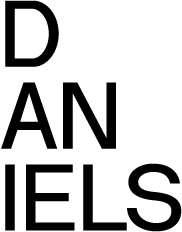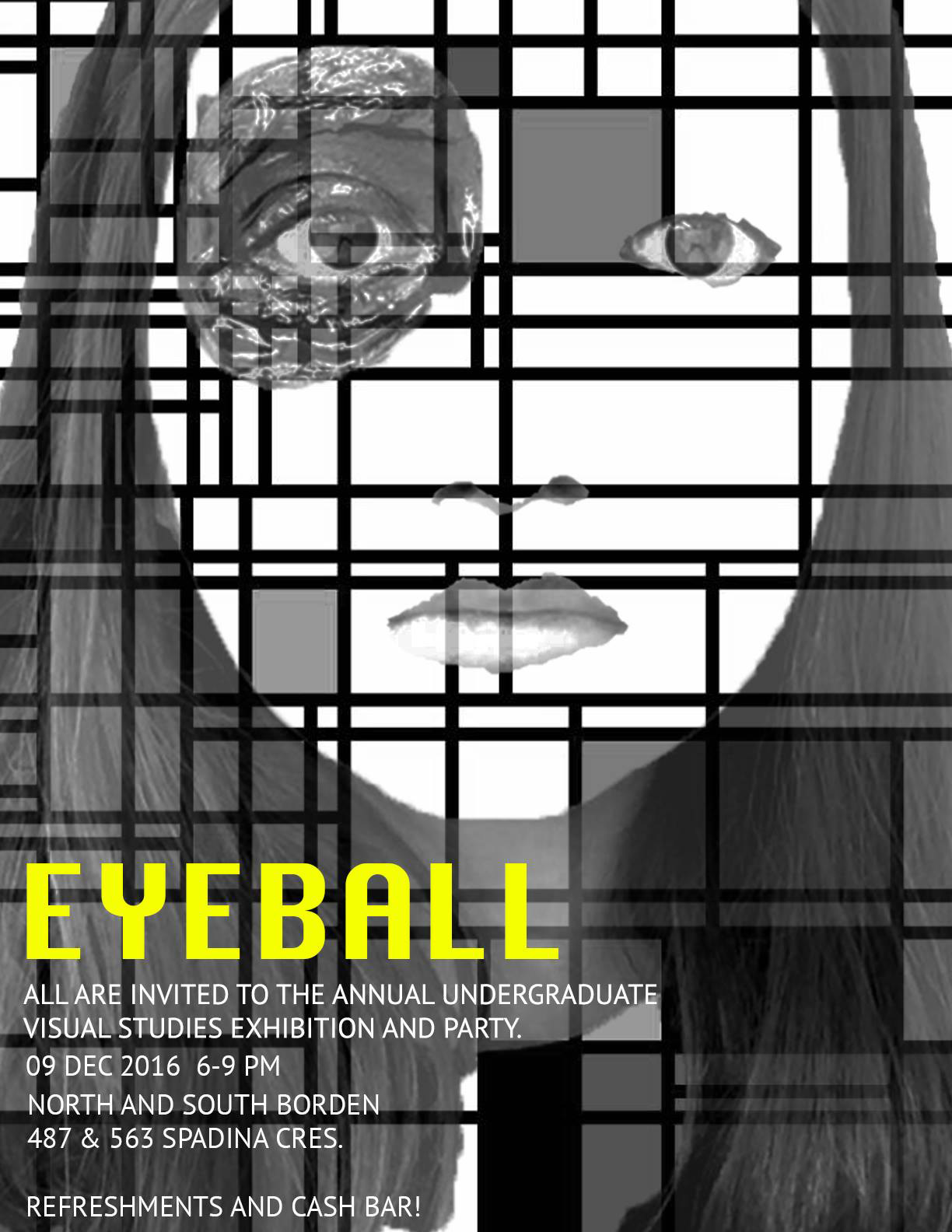A composition by Emelie Chhangur
With arrangements by Diane Borsato, Aleesa Cohene, Erika DeFreitas, Derek Liddington, Gertrude Stein, and Terrarea
The tableau has come off the wall.
This exhibition is a rehearsal for Gertrude Stein’s 1922 play Objects Lie on a Table. It is also a dramaturgical proposition for its contemporary staging and reception. Objects Lie on a Table is a “still life” but its composition is not simply what is fixed in the frame, static in the picture. In this non-narrative play, a constellation of activities—of objects and people coming and going—dynamically shapes its form through an arrangement that is never resolved: in Stein’s “still life” the play of objects and relations that constitute “dramatic action” are only ever “equal to its occasion” (105). As a still-life-in-movement, Objects Lie on a Table playfully performs and plays around with pictorial conventions, as well as doing other strange and funny things. So we shall see.
Objects Lie on a Table could be considered a conversation between material objects and the spaces and people that shape and are shaped by their presence, their proximity, and their purposes. The play is a compositional experiment that takes the still life genre as a prompt to reconsider relations between subjects and objects (agency) or foreground and background (gestalt) or parts and wholes (mereology) and propose new ways of thinking arrangement that, in turn, arrange new ways of thinking. Just as Stein’s still life was composed in the continuous present—a mode of writing she likened to the pictorial innovations of her contemporaries, such as the painters Picasso or Cézanne—our rehearsal for her play today is developed as an iterative form (the rehearsal) through which to think, not about objects already arranged, but rather to think through objects that make new arrangements. We take our cue from the “nuns” that open the play. Perhaps a symbol of order and restraint, these nuns are in fact playing with objects, having “fun with funny things” (105), altering arrangements, in other words, messing with the system.
In 1922, Stein was asking questions in her time period that are equally relevant to ours—questions about relationality, systems theory, process thinking, and ontology of objects. In Rehearsal for Objects Lie on a Table subject matter becomes the matter of subjects and its business the subjects of matter—a still life for the 21st century, perhaps. Rehearsal for Objects Lie on a Table likewise is composed of the arrangements proposed by contemporary visual artists Diane Borsato, Aleesa Cohene, Erika DeFreitas, Derek Liddington, and Terrarea. Their practices offer new possibilities for thinking through connections made in the continuous present as ways to explore the new time-sense of this historic play—now as a composition in an art gallery and as an exhibition making its own arrangements.
--
This exhibition is produced as part of the requirements for the MVS degree in Curatorial Studies at the University of Toronto.
This exhibition is part of the graduating Master of Visual Studies 2016 cohort, including:
How a Living Day is Made, curated by cheyanne turions, featuring the work of Aisha Sasha John, Walter Scott and Rachelle Sawatsky at the Doris McCarthy Gallery, University of Toronto Scarborough Campus, 21 April–11 June 2016. Opening reception: Thursday, 21 April 2016, 6–8 PM.
the distance between nowhere and now here, curated by Charlotte Lalou Rousseau at the Blackwood Gallery, University of Toronto Mississauga. 20 April— 22 May, 2016. Presented in collaboration with the Images Festival and the Scotiabank CONTACT Photography Festival, and supported in part by the Department of Visual Studies (UTM) through the Graduate Expansion Fund.
Visit the exhibition website here.




